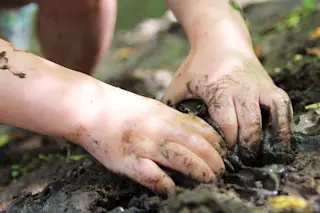Biosphere 2 has had a troubled life, and the latest chapter in the saga—announced in June—involves reincarnation as a luxury development.
Inside Biosphere 2 | Image courtesy of Colin Marquardt
The plot begins in the late 1980s, when the original owner, Texas oilman Ed Bass, spent $150 million to create a model of the first biosphere (Earth) near Tucson, Arizona. When it was completed, the facility became a controversial and broad experiment in hermetically sealed, self-sustained living with the aim of revealing how humans might fare on space colonies. Eight human “biospherians” lived inside the structure for two years, from 1991 to 1993. After most crops failed, the team lived on emergency rations from outside the bubble until a depleting oxygen supply brought the experiment to a halt. “Basically, we suffocated, starved, and went mad,” said biospherian Jane Poynter in 2003.
After the scientific community roundly criticized the experiment, the ...














